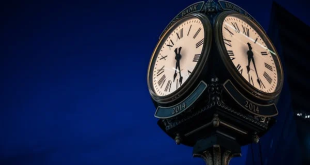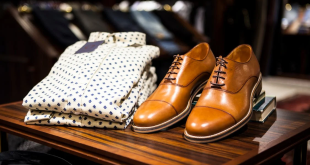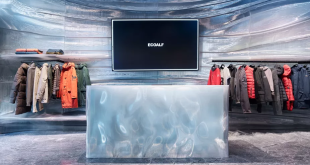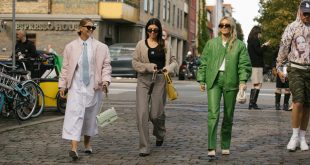Is Camo (camouflage) Gay Fashion? is a burning question now-a-days. Camo, short for camouflage, has long been associated with military use, outdoor activities, and rugged masculinity. However, in recent years, it has gained popularity in the fashion world, making its way from military gear to mainstream clothing lines. As trends evolve, there has been a growing conversation around whether camo can be considered “gay fashion.” Let’s explore how camouflage has become a symbol of identity, expression, and inclusivity, especially in the LGBTQ+ community.
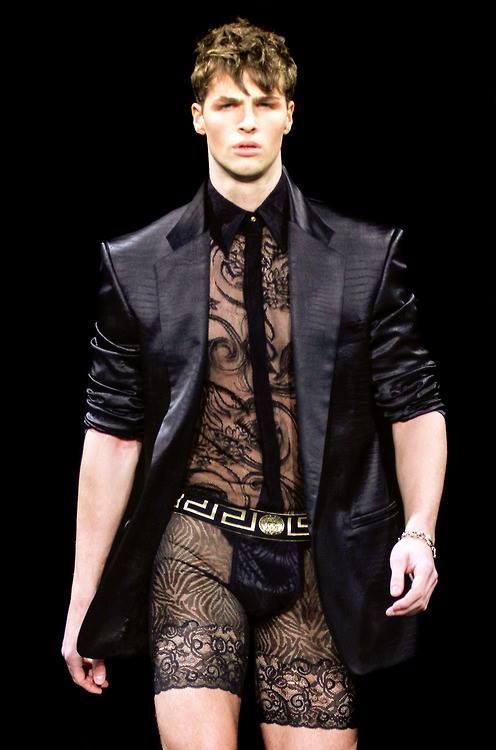
The Evolution of Camo
Camo’s journey into mainstream fashion started with its military roots. Initially designed for camouflage in combat zones, the distinctive pattern found its way into civilian wardrobes, especially in the ’80s and ’90s. Streetwear brands began to incorporate camo designs into their collections, transforming it into a symbol of rebellion and coolness. Over time, the fashion industry started to adopt the pattern in various forms, including jackets, pants, and accessories.
While camo was once linked solely to a rugged, masculine aesthetic, the fashion industry has diversified, breaking down gender and style norms. Today, camo is seen on runways and in everyday outfits worn by people of all genders, sexual orientations, and cultural backgrounds.
Camo as a Symbol of LGBTQ+ Fashion
In recent years, camo has found its place in LGBTQ+ fashion. But how did this happen? The LGBTQ+ community has a rich history of embracing unconventional styles and creating new meanings for traditional symbols. Camo, with its history of being associated with rebellion and anti-establishment sentiment, aligns well with LGBTQ+ values of challenging norms and advocating for self-expression.
Several LGBTQ+ activists and fashion icons have sported camo clothing as a statement of resistance and inclusion. The pattern has become a way for individuals to show solidarity with marginalized groups while also making a personal fashion statement. For many in the LGBTQ+ community, fashion is an essential tool for self-expression, and camo offers a way to break free from societal expectations.
Breaking Gender Norms with Camo Fashion
Camo’s popularity in LGBTQ+ fashion also ties into the breaking down of traditional gender roles. Traditionally, camo was seen as a “masculine” print, but with the rise of gender-fluid fashion, it’s become a symbol of inclusivity and freedom of expression. Camo clothing is now worn by people of all gender identities, from cisgender men and women to non-binary and genderqueer individuals.
Designers and influencers have incorporated camo into both men’s and women’s fashion, often blending it with other elements like skirts, heels, and accessories typically associated with femininity. This fusion creates a unique look that challenges traditional gender boundaries while still holding onto the original rebellious spirit of the camouflage print.
Camo’s Role in LGBTQ+ Pride and Representation
LGBTQ+ pride events have also embraced camo as part of their aesthetic, using it to symbolize solidarity and pride. The camouflage pattern is sometimes used in pride parades and LGBTQ+ fashion shows as a metaphor for blending into society while still standing out. It represents the idea that individuals can embrace their true identities without having to conform to societal expectations.
Furthermore, camo clothing in the context of LGBTQ+ pride often incorporates rainbow elements, adding another layer of meaning. This blend of camo with rainbow colors symbolizes both the LGBTQ+ community’s struggle for acceptance and their vibrant, diverse identity.
Is Camo Exclusively “Gay Fashion”?
So, is camo specifically “gay fashion”? Not necessarily. Fashion is fluid, and camo is enjoyed by people from all walks of life, regardless of their sexual orientation. However, it’s clear that camo has become a part of LGBTQ+ fashion for its symbolic meaning of resistance, rebellion, and inclusivity. Just as other fashion trends evolve, camo has found its own place within the LGBTQ+ community, offering a unique form of self-expression and pride.
The Future of Camouflage in Fashion
As fashion continues to evolve, the boundaries between gender, identity, and style become increasingly blurred. Camo’s role in LGBTQ+ fashion is a testament to how trends can transform over time, becoming symbols of identity and activism. What once was reserved for military uniforms has now become a canvas for self-expression, solidarity, and inclusivity.
As the fashion world embraces diversity and freedom of expression, it’s clear that camo will continue to play an important role in both mainstream and LGBTQ+ fashion. Whether as a symbol of rebellion or simply as a trendy print, camo has earned its place as a versatile and meaningful part of modern fashion.
Conclusion: Camo as a Reflection of Diversity in Fashion
Camo may not be exclusively a “gay fashion,” but it undeniably holds a special place in LGBTQ+ culture. From its military roots to its role as a symbol of inclusivity and rebellion, camo reflects the growing diversity in fashion. It speaks to the power of clothing as a form of self-expression, breaking down barriers of gender, identity, and orientation.
As fashion continues to evolve, camo will likely remain a symbol of resistance and individuality, embraced by people from all walks of life. Whether you see it as a part of LGBTQ+ fashion or a broader cultural statement, camo is here to stay.
 Digital Business Trends Powering Growth With Digital Strategies.
Digital Business Trends Powering Growth With Digital Strategies. 